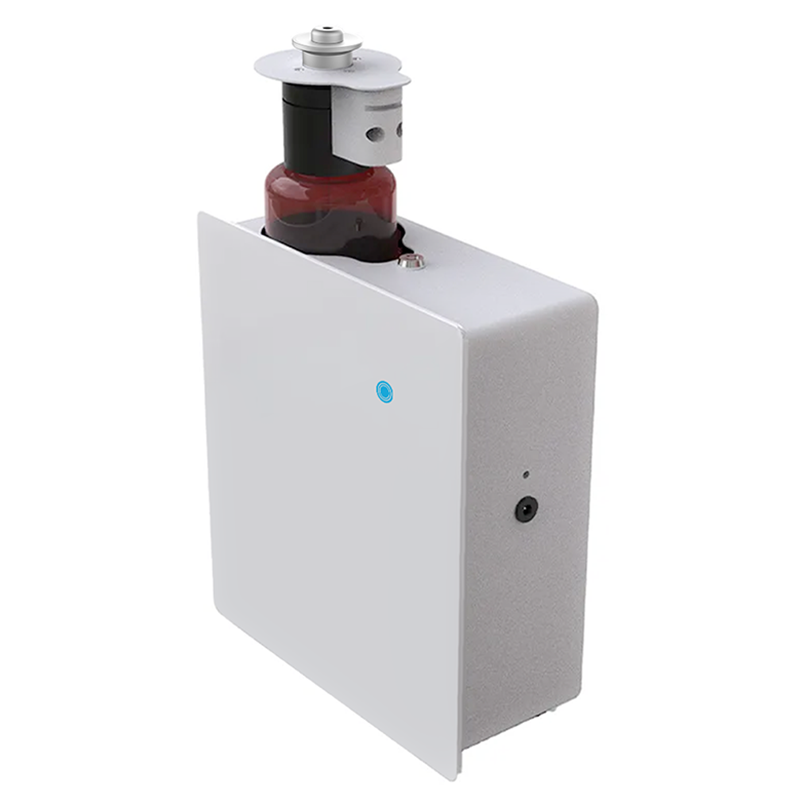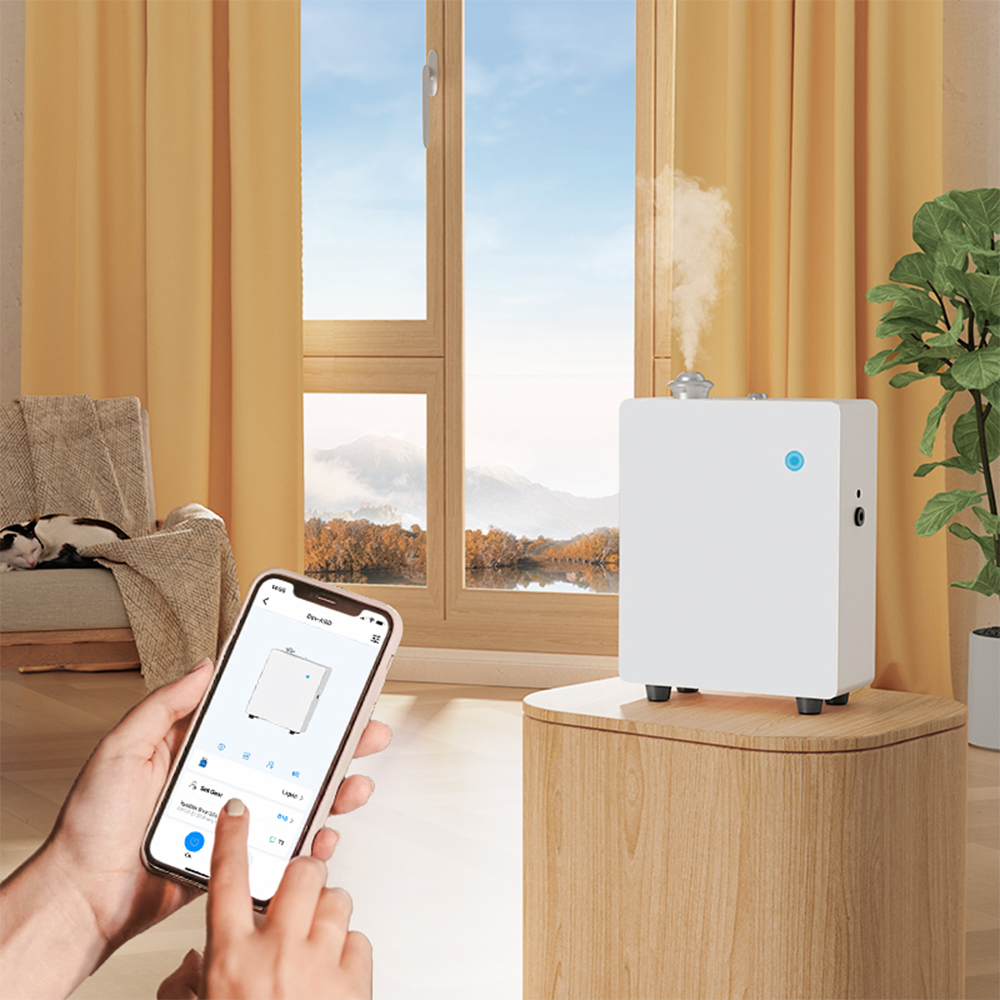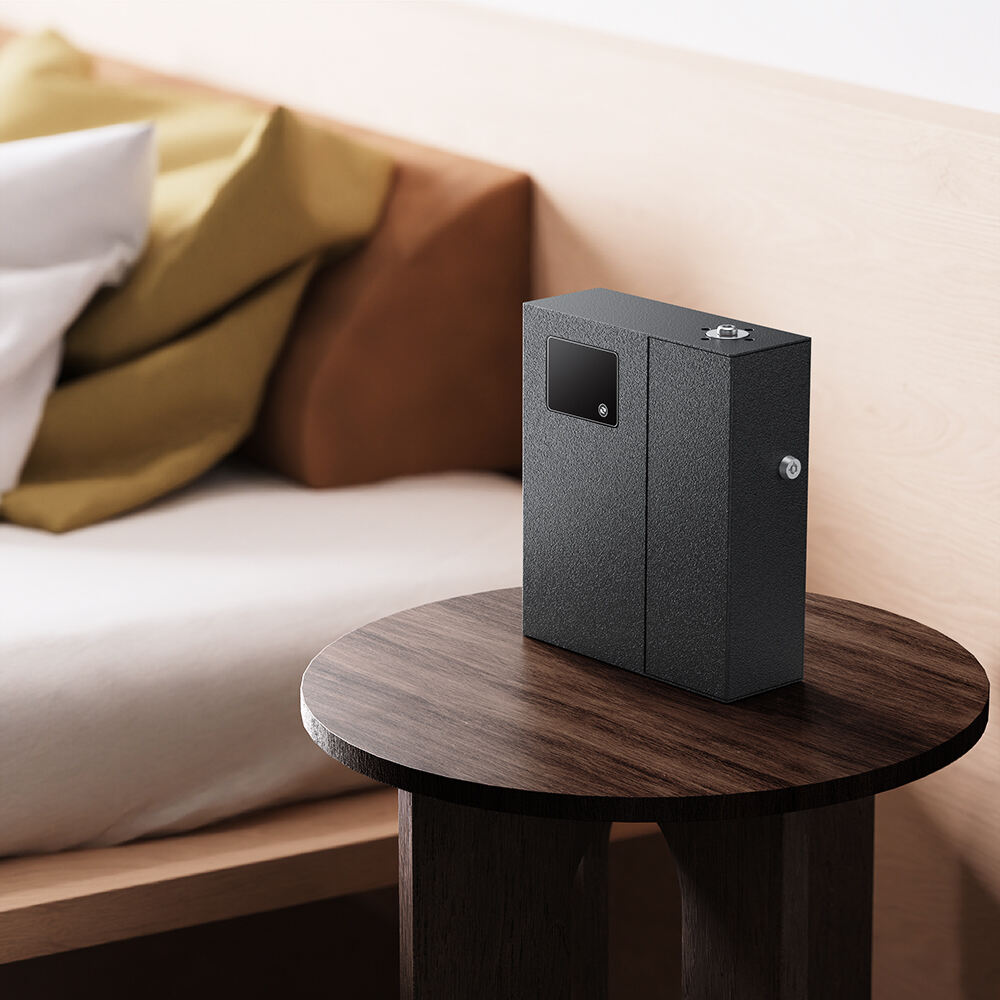hvac air diffuser
An HVAC air diffuser is a crucial component of modern heating, ventilation, and air conditioning systems, designed to distribute conditioned air effectively throughout indoor spaces. These precision-engineered devices ensure optimal airflow patterns while maintaining comfort and energy efficiency. The primary function of an air diffuser is to spread conditioned air uniformly across a room, eliminating hot or cold spots and creating a consistent temperature environment. Modern HVAC air diffusers incorporate advanced design features, including adjustable vanes, specialized patterns, and aerodynamic properties that help reduce noise while maximizing air distribution efficiency. They come in various styles, including ceiling-mounted, wall-mounted, and floor-mounted options, each engineered for specific applications and space requirements. The technology behind these diffusers has evolved to include smart features such as automated adjustment capabilities, allowing for real-time optimization of airflow patterns based on occupancy and environmental conditions. Additionally, contemporary diffusers are designed with aesthetic considerations in mind, offering sleek profiles and customizable finishes that complement modern architectural designs while maintaining their primary function of efficient air distribution.


